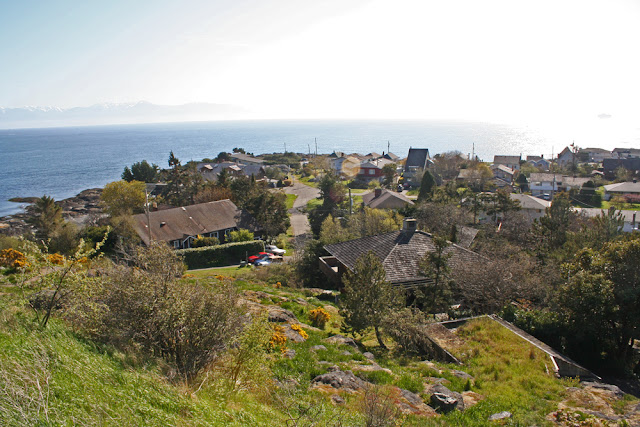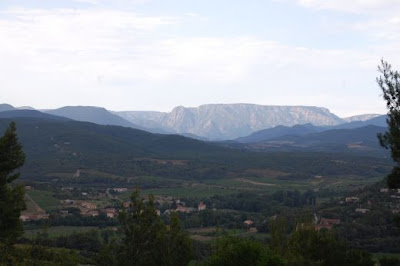Competence refers to how big a particle the stream can carry whereas capacity refers to how much material a stream can carry. If a stream has a low competence it would have much smaller particles than compared to a stream with high competence, which could be carrying boulders!
Pictures Provided From:
http://www.diversedirections.net/tour1.html
http://www.123rf.com/photo_7248027_splashing-waves-on-the-atlantic-beach-near-biarritz-aquitaine-in-france.html
http://hill-stations.tourtravelworld.com/peak-glaciers/aiguille-du-dru.htm
When the waters reach bankful, bankful discharge occurs in which the water topples over and creates levees. Then the channel recedes and it creates cutoffs. The deeper point of the river tends to be around the cutbank. I'd like to point out that even though there are no valleys in the above picture, whenever you see a V-shaped valley, one can assume it was formed by rivers. |
Glaciers scour the land as they recede, leaving behind things like kettle or trough lakes. Kettles are the depressions, in which water can fill, left from stagnant ice. When you see huge boulders left over in the landscape, it is posible they could be glacial erratics. On a separate note, outwash plains form from the melting of the ice from the volcano rushing over the landscape.
Pictures Provided From:
http://www.diversedirections.net/tour1.html
http://www.123rf.com/photo_7248027_splashing-waves-on-the-atlantic-beach-near-biarritz-aquitaine-in-france.html
http://hill-stations.tourtravelworld.com/peak-glaciers/aiguille-du-dru.htm













